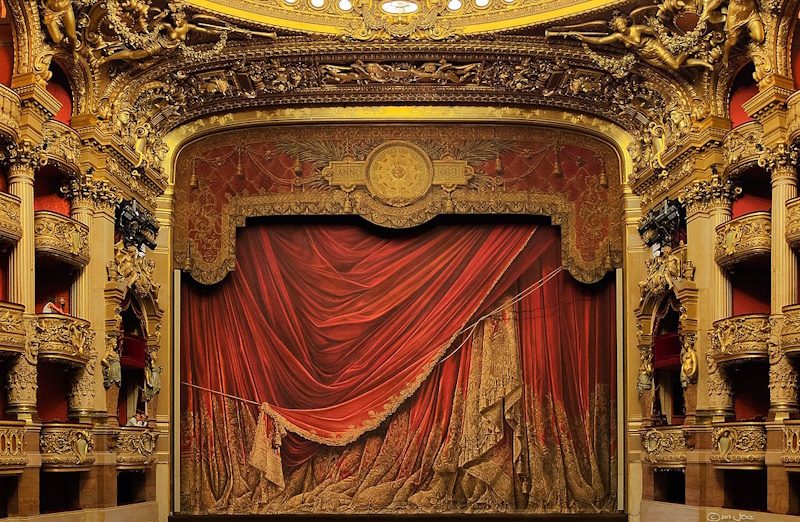The Legend Behind Palais Garnier
If you’ve ever walked past the Palais Garnier, you know it’s one of the most stunning buildings in Paris.

Beyond chandeliers and velvet seats, for over a century, people have whispered about a ghost in the opera house – one that inspired The Phantom of the Opera. This legend was partly based on some true events.
The Man Who Wrote the Legend

Gaston Leroux was not only a novelist, he was also a journalist, and a good one. He spent years investigating mysteries before turning to fiction. He went on to write several, now classic mystery novels including The Mystery of the Yellow Room, one of the earliest locked-room detective stories, and Le Parfum de la Dame en Noir.
In 1910, he published The Phantom of the Opera, a novel about a masked man who lived beneath the Palais Garnier and controlled everything from the shadows.
It was fiction, yes – but parts of it were based on real events.
The Secret Lake Under Palais Garnier
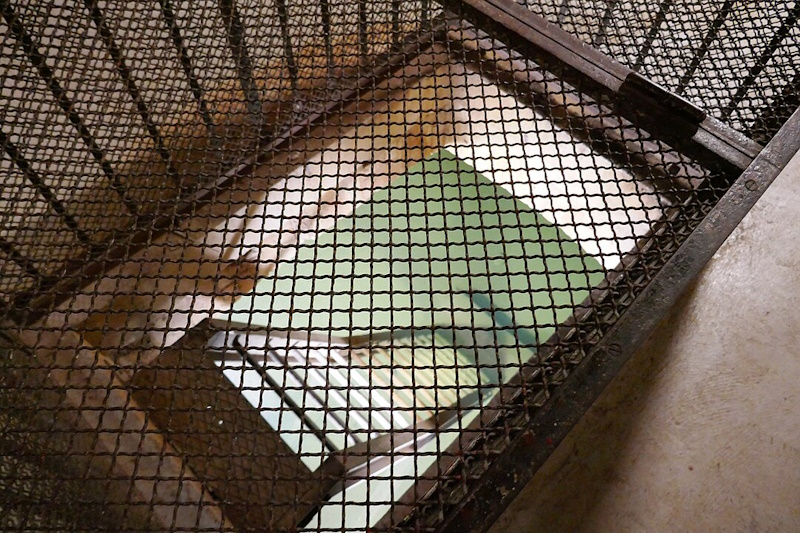
One of the strangest details in The Phantom of the Opera is that the Phantom lives beneath the opera house, using hidden tunnels and a dark lake to move around unseen. That part isn’t made up.
When engineers built Palais Garnier in the 1860s, they hit a problem: water. A lot of it. No matter how much they tried to drain it, underground springs kept flooding the foundations. In the end, they built a massive stone reservoir beneath the building to contain the water.
That underground “lake” is still there today. Firefighters even use it for training. Did a real person ever live down there? That’s harder to prove. But the eerie setting definitely helped fuel the legend.
A Chilling Real-Life Incident: The Falling Chandelier
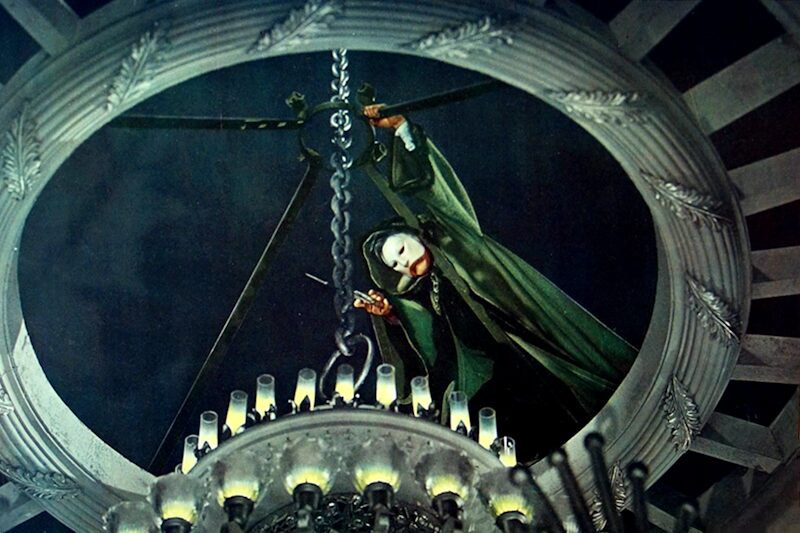
In The Phantom of the Opera, the Phantom proves his power by making a chandelier crash down during a performance. That’s not just a dramatic plot twist, it actually happened.
In 1896, one of the opera house’s massive chandeliers fell into the audience, killing a woman. The official explanation was a broken counterweight. But many people believed something more sinister was at play. When Leroux wrote his novel, he turned that tragedy into one of the Phantom’s most terrifying acts.
The Story of the Phantom
So what happens in The Phantom of the Opera? Here’s the short version.
Christine Daaé, a young singer, starts hearing a mysterious voice in her dressing room. It teaches her to sing and promises to make her a star. She believes it’s an “Angel of Music,” sent by her dead father. But the truth is much stranger.
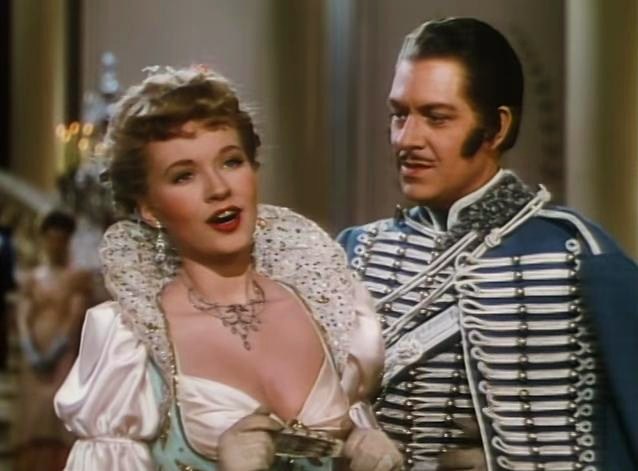
The voice belongs to Erik, a man who lives in the tunnels beneath the opera house. He’s a genius – a musician, an architect, an inventor. But he’s also horribly disfigured and hides his face behind a mask. He loves Christine and wants her to love him back.
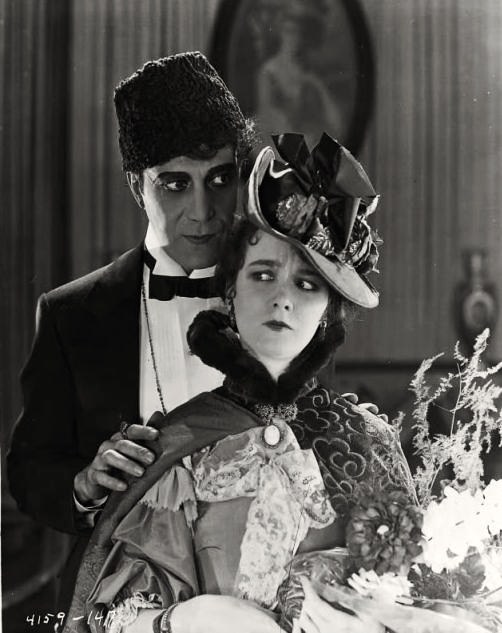
But she loves someone else, Raoul, a wealthy young nobleman. Erik doesn’t take it well. He kidnaps Christine, threatens to destroy the opera house, and forces her to choose: stay with him, or let everyone die.
Eventually, she shows him kindness, and for the first time in his life, someone doesn’t see him as a monster. Heartbroken, Erik lets her go. He disappears, leaving behind only his mask.
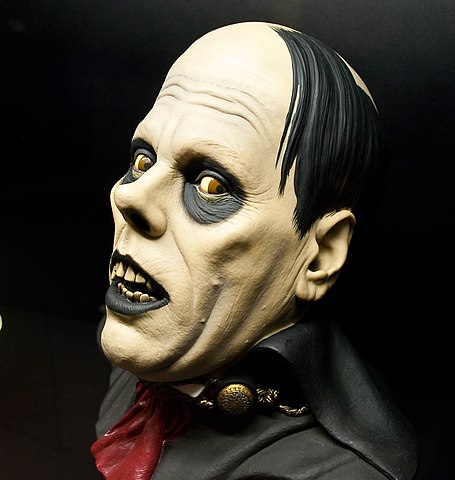
Was Erik Real?
Leroux swore that his story was based on real events. He even wrote in his book that the Phantom was not a myth, but a man who truly existed. Some people believed him. Others thought it was just a clever trick to make the novel seem more mysterious.
So far, no evidence has ever proven that a real Erik lived beneath the opera house. But the underground lake? The falling chandelier? Those are real. And to this day, Palais Garnier staff claim to hear strange sounds in the corridors—whispers, footsteps, doors closing on their own.
Maybe it’s just an old building settling. Or maybe the Phantom never really left.
***
Cover photo: Joe deSousa (CC BY 2.0)

